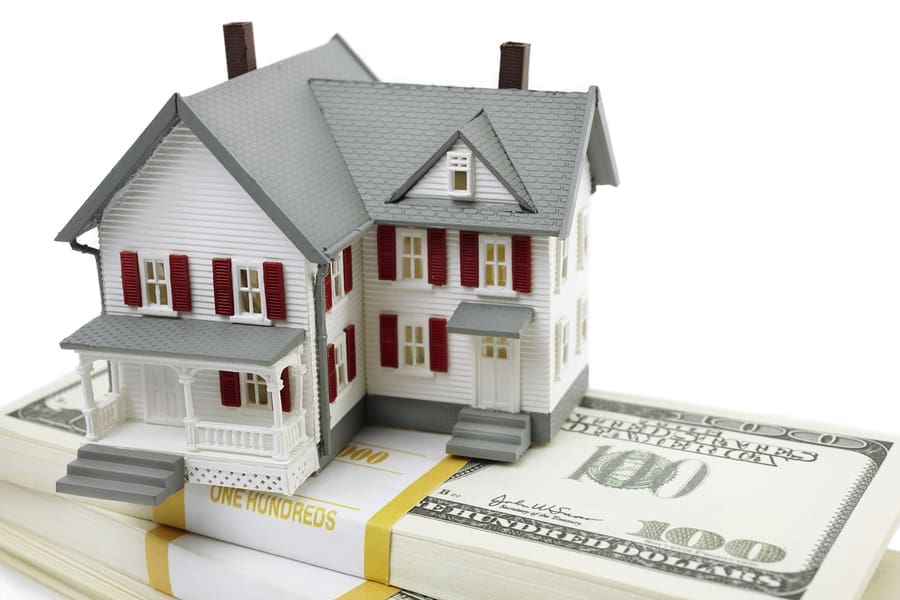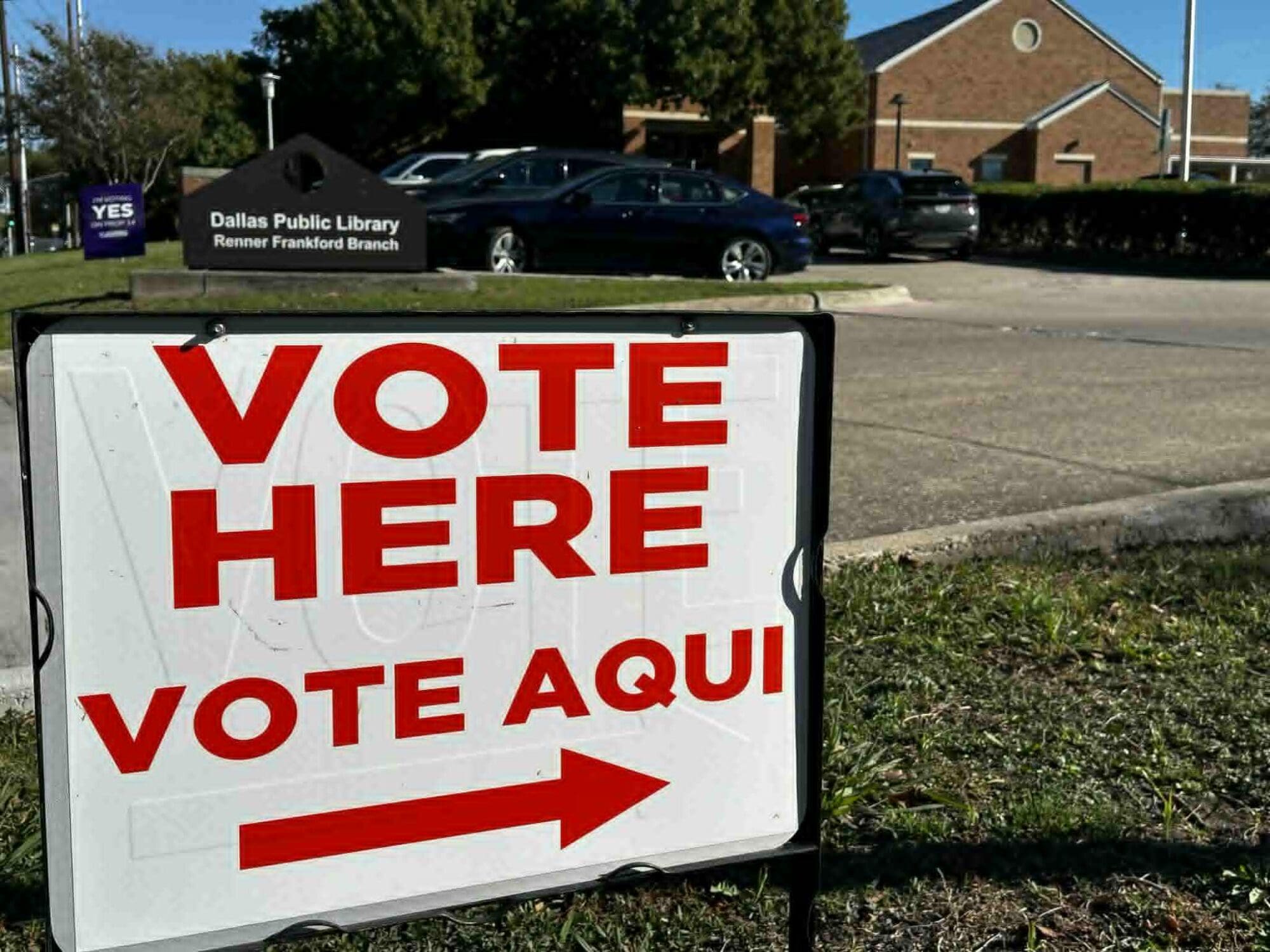With home values skyrocketing, Texans must look to their local government officials for any hope of relief from punishing property taxes that are based in part on those values.
Unfortunately, many local spending plans—which drive property taxes—are “wildly out of step” with what Texas taxpayers can afford, resulting in tax bills that are driving Texans out of their homes and businesses.
What can taxpayers do right now to keep their property tax bills from skyrocketing?
They should start by asking their local officials to adopt a budget based on the “no-new-revenue” tax rate, according to Texans for Fiscal Responsibility.
“This is the first step in reining in out-of-control local government spending and is the best chance that taxpayers have to see their property taxes come down,” says TFR President Tim Hardin.
Yet Hardin says most taxpayers have no clue what the no-new-revenue rate is.
The Texas Comptroller describes the no-new-revenue rate as a property tax rate calculated to produce the same amount of taxes this year if applied to the same properties taxed last year, enabling the public to “evaluate the relationship between taxes for the prior year and for the current year.”
Unless the tax rate is lowered enough to offset rising property values—to the no-new-revenue rate or lower—average homeowners will pay higher property tax bills.
Tax Rate x Taxable (Assessed) Property Value = Property Tax Bill
Thus, any property tax rate above the no new revenue rate is a tax increase, even if the tax rate is lower than the prior year.
“In a year with sky-high appraisals, this should result in a significantly lower rate to offset the increased revenue caused by inflated home appraisals,” Hardin says in a TFR explainer aiming to bring transparency to the property tax process.
TFR details how local governments determine the size of your tax bills: first deciding how much money they want to spend (set out in a budget), and then calculating a property tax rate that will collect enough taxes to pay for their spending plans, based on local property values set by the county appraisal district.
But fiscally responsible officials say that process is backwards.
“Local governments need to use the no-new-revenue rate as their starting point when formulating budgets,” Corsicana City Councilman Chris Woolsey told Texas Scorecard. “Any rate higher than the no-new-revenue rate is a tax increase.”
Taxpayers don’t have the luxury of granting themselves a raise every year to offset rising expenses in their household; they have to make hard decisions on what to prioritize and what to cut. Our local governments need to be run the same way.
School district spending takes the largest chunk of Texans’ property tax payments, with cities, counties, and special districts taking the rest.
Many school districts have already set their budgets for the coming year, but cities and counties are still in the process of deciding how much to spend and tax.
By using the no-new-revenue rate as a starting point for their spending plans, local officials can keep Texans’ tax bills under control. (Actual tax cuts require even less spending and lower tax rates.)
Woolsey adds, “Citizens need to show up to local government meetings over the next couple of months and clearly communicate which budget items are priorities and which specific items can be cut.”
Otherwise, Texans will keep getting crushed with higher property tax bills.
Check city, county, and school district postings for proposed budgets, tax rates, and public hearing notices.





